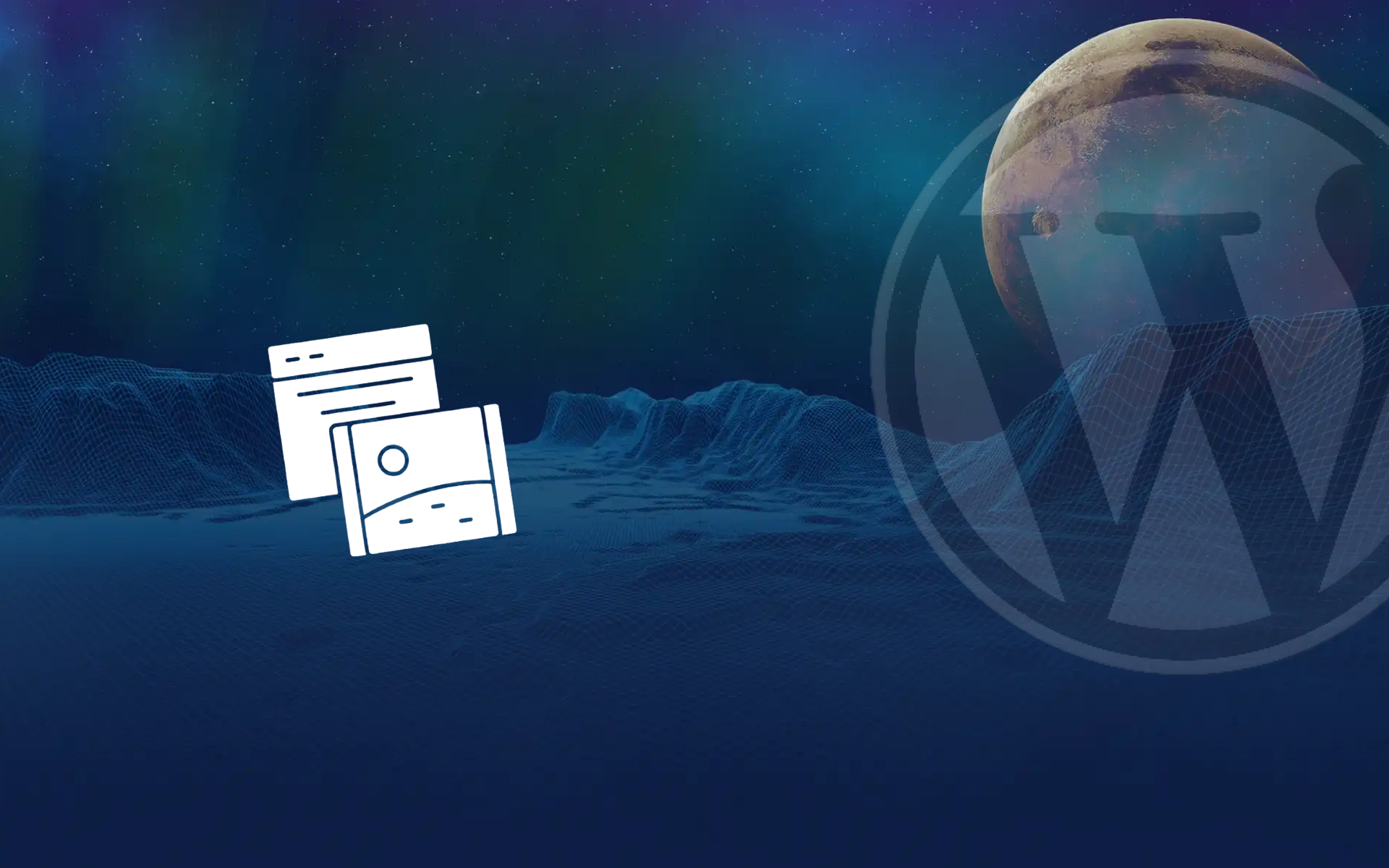Elevate Your Website with ALT Image Descriptions
Welcome to our latest blog post, where we dive into the simple yet impactful world of alt text for images on your website. As a forward-thinking web design agency, we’re here to guide you through making your website not just visually appealing, but also friendly to both search engines and all your visitors. Let’s break down why alt text is your unsung hero in web design and SEO (Search Engine Optimization).
What is Alt Text, Anyway?
Alt text, short for “alternative text,” is a concise description of an image on your website. It’s a crucial piece of the accessibility puzzle, ensuring that everyone, including people who use screen readers, can understand the content of your images. But it’s not just about accessibility; it’s also about being seen online.
Why Alt Text Matters More Than You Think
Imagine you’ve added a stunning image of a person enjoying a serene moment in a park to your homepage. Without alt text, search engines (like Google) and some of your visitors are left guessing what’s in that image. Here’s where alt text comes into play. By adding a simple description, such as “Person standing in a park looking at a bench,” you accomplish two things:
- You make your website more accessible, ensuring everyone can understand and enjoy your content.
- You boost your website’s visibility to search engines. Yes, including your carefully chosen keywords in your image descriptions can help your site rank better in search results.
The Golden Rule of Alt Text
Keep it simple and meaningful. Search engines aren’t fans of long, confusing descriptions or keyword stuffing. If your main image—a hero banner, for instance—lacks a clear, descriptive alt text, you’re missing out on a prime SEO opportunity. And let’s not forget, making your website accessible and inclusive isn’t just good practice; it’s a step toward a wider reach and better user experience for everyone.
Making It Work for You
Incorporating effective alt text is more straightforward than it might seem:
- Be descriptive: Explain what’s in the image and why it’s relevant to your page.
- Incorporate keywords naturally: If it fits seamlessly, weave in keywords that help boost your SEO.
Remember, by enriching your images with meaningful alt text, you’re not just ticking an SEO box. You’re embracing web accessibility, enhancing user experience, and ensuring your website stands out in the vast digital landscape.
In Conclusion
Alt text is a small detail with a big impact. It bridges the gap between visually appealing designs and a website that’s accessible, inclusive, and SEO-friendly. As your web design partners, we’re here to help you craft a website that’s not only beautiful but also ranks well and welcomes everyone. Start giving your images the descriptions they deserve, and watch your website rise to new heights.


